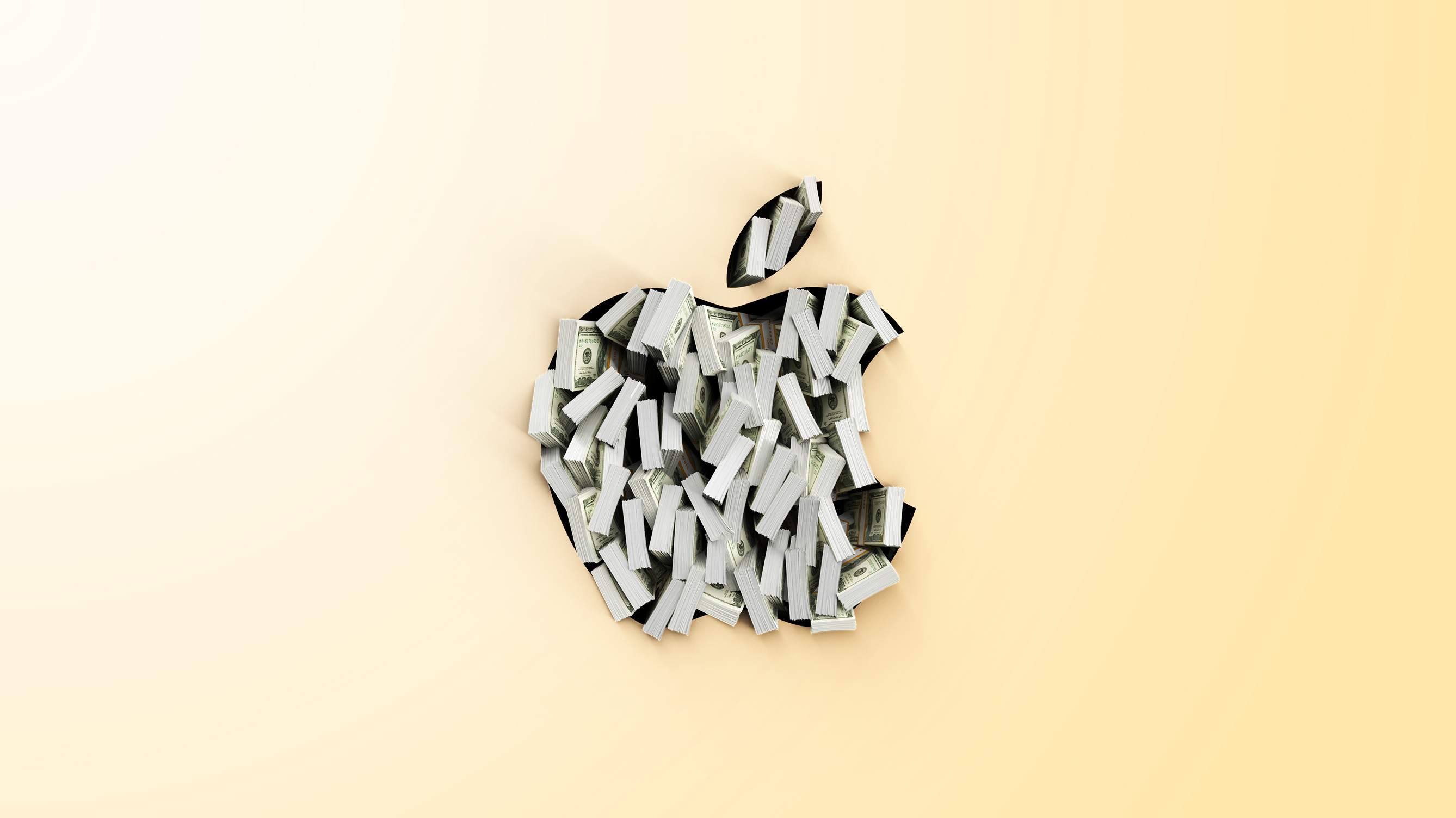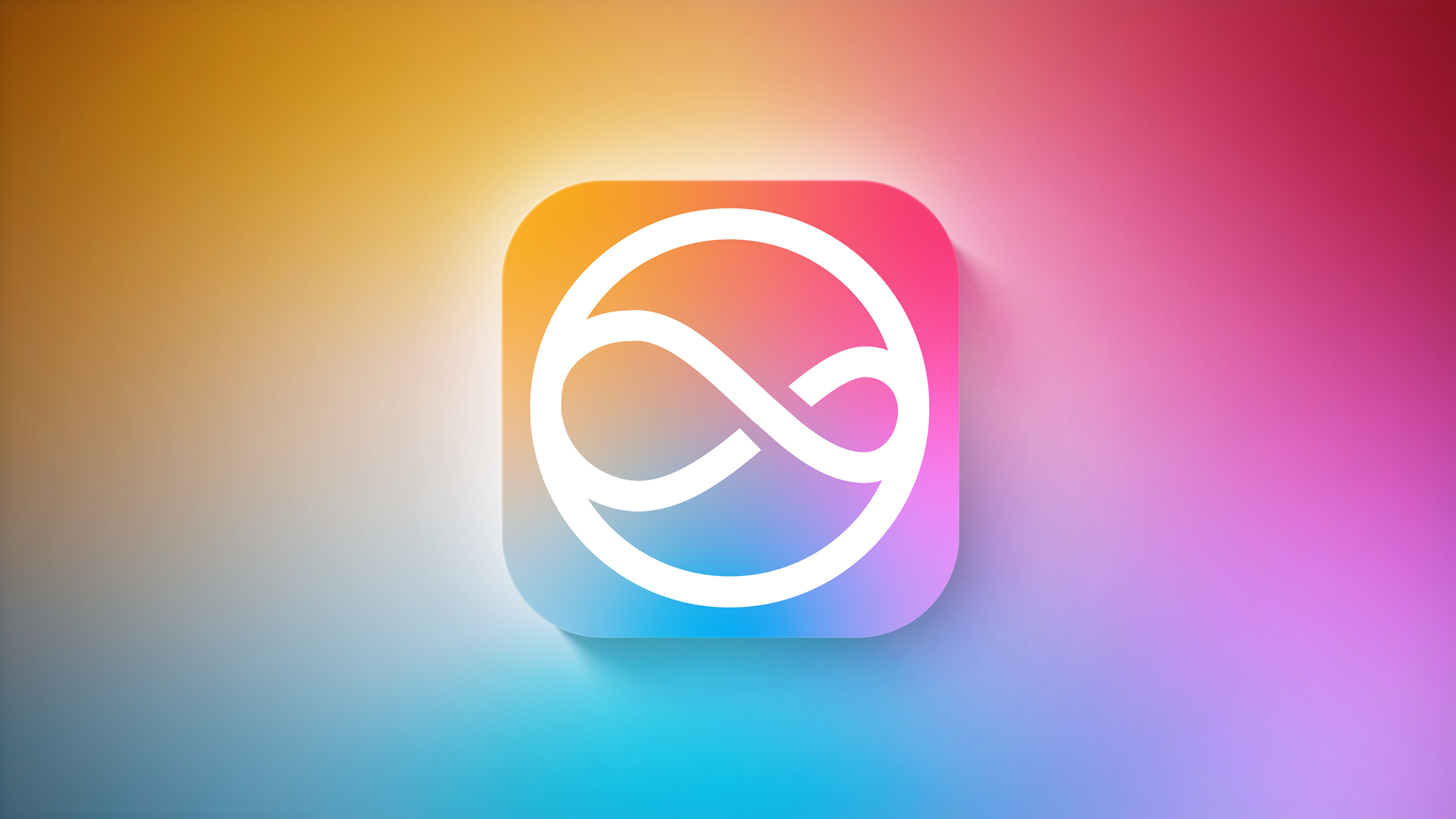What is ultra-wideband and what does UWB do?

Ultra-wideband (UWB) popped onto the consumer electronics radar in 2019, when Apple announced the inclusion of the U1 chip in the iPhone 11.
It has subsequently found its way into some other key areas of technology, and we’re expecting to see a lot more from UWB over the coming years.
But what is ultra-wideband and why is everyone talking about it?
What is UWB?
Ultra-wideband is a short-range wireless communication protocol.
It uses high frequencies that can provide spatial and directional data, which is why it’s now being talked about.
The advantage that UWB offers over existing technologies is that it’s much better at ranging with greater accuracy, so two UWB devices would know where the other was with much greater precision than Bluetooth or GPS.
Samsung describes UWB as a “continuously scanning radar that can precisely lock onto an object, discover its location and communicate with it.” An important part is that UWB uses a time-of-flight system for its data, so it knows the range between two UWB devices very precisely.
What can ultra-wideband do?
Now we know what it is, what can it do?

Apple U1 chip
The first application of UWB we saw came from Apple, with the U1 chip in the iPhone 11.
The U in U1 simply means “ultra-wideband” and it has now found its way into the iPhone 12 models, Apple Watch Series 6, and the HomePod mini.
It can be used for:
- Increasing AirDrop precision (iPhone)
- Apple Car Key (iPhone and Apple Watch)
- HomePod mini hand-off
- Find My integration
Essentially, having the U1 chip in devices enables a range of applications. AirDrop can be more precise because one iPhone knows which other iPhone is closest so it can appear at the top of the list.
For Apple Car Key, using UWB in the car and the U1 chip in the Watch or iPhone means it knows exactly where that device is, and for the HomePod mini, the hand-off (transfer of music) is more seamless because it knows exactly where the iPhone is and what you’re doing.
Apple has also confirmed that third-party devices will be able to work with the U1 chip, so other UWB-equipped devices will be supported within Apple’s Find My software. That means that in the future Apple will be able to guide you back to a whole range of devices, like your bike, headphones or location tags.

Samsung UWB
Apple isn’t the only company to use UWB. Samsung just calls it UWB rather than branding it like Apple does, but it’s the same technology.
Again UWB is available in the Galaxy Note 20 Ultra, Galaxy S21 Ultra and Galaxy S21+ and can do some similar things to Apple:
- Digital car key
- Samsung Galaxy SmartTag+ location tracking
Just like Apple, Samsung’s use of UWB feeds into location functions. The digital car key functions will work in exactly the same way, except it’s not branded by Samsung, but again, with a UWB-equipped car, it will know exactly where the Samsung phone is that you’re using a digital key.
The Galaxy SmartTag+ uses UWB’s precision location skills to provide augmented reality to find devices. Because the phone will know exactly where the SmartTag+ is, it can give you an AR view to direct you to it, rather than rely on sound which other trackers use.

Digital key cars
There have been a number of options for digital car keys in the past, including NFC via manufacturer apps. It’s something that the Connected Car Consortium has been looking at – with Apple and BMW on the board, unsurprisingly, along with other big players like Samsung and VW.
It’s no surprise that the first car to support Apple Car Key was the 2021 BMW 5 Series, originally with NFC, but now we’re seeing UWB swing in to provide a better experience.
The first BMW to support the UWB functions provided by Apple’s U1 chip will be the BMW iX, its electric SUV.
UWB’s precise location ranging is important here, because it means that signal relay theft is no longer possible, where simpler radio signals are boosted to make the car think a keyfob is nearby.
There are rumours that Tesla will move to a UWB system, again saying that it’s to prevent relay thefts and we’ve seen VW also talking about the technology, so we’d expect wide adoption for car keys, both the physical key your car comes with and the digital versions enbaled via your mobile phone.
In fact, VW and NXT have looked at more than just car keys – they have talked about auto-hitching trailers, using UWB in child seats to disable airbags depending on where the child seat is installed and more.
What’s next for UWB?
You can expect UWB to appear in a wide range of devices. It’s been reported that Google has adding a UWB API for Android, meaning UWB applications are likely to land on Android devices – beyond the Samsung phone we’ve already mentioned. If Android supports it as a core functions, it could have wider-ranging functions across all Android devices.
There are rumours that Tile is looking at a UWB system for its trackers, similar to Samsung’s SmartTag+. That would need wider UWB support in smartphones, as currently it’s only in the iPhone and recent Samsung models.
These are just examples that have already appeared – given that wireless smart devices are so prevalent, and the advantages of UWB so apparent, we’d expect to be hearing a lot about the technology over the next few years.




